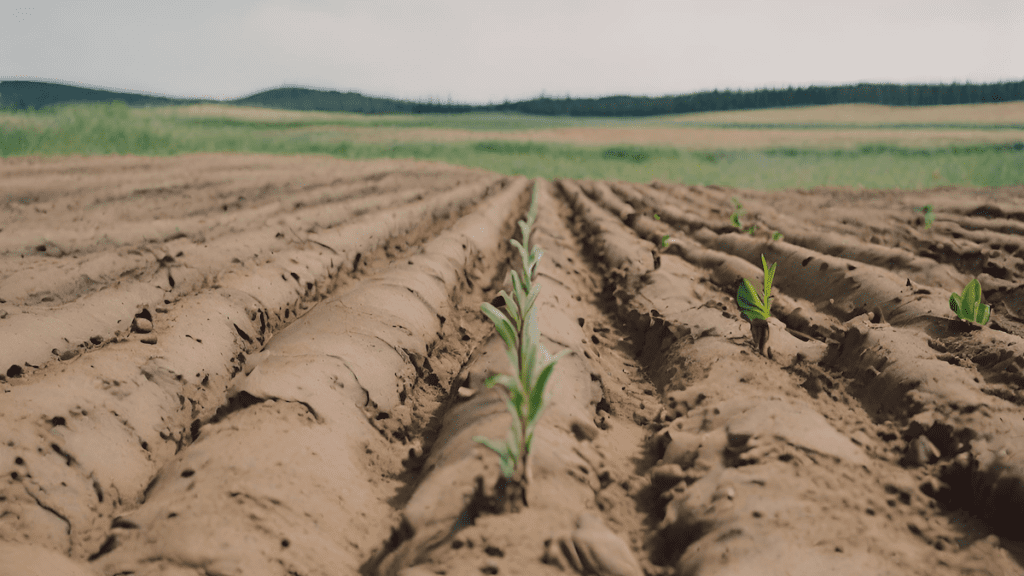As the impacts of climate change become increasingly apparent, there is growing interest in ways to remove carbon dioxide (CO2) from the atmosphere. One method for doing this is called carbon sequestration.
Carbon sequestration involves capturing CO2 from the atmosphere or industrial processes and storing it so that it is not released. This helps reduce the amount of CO2 in the atmosphere and mitigate climate change.
What is Carbon Sequestration
- How Does Carbon Sequestration Work?
- Where Does the Captured CO2 Come From?
- What are the Benefits of Carbon Sequestration?
- What are the Challenges of Carbon Sequestration?
- How is Carbon Sequestration Being Used?
- What is the Future Potential for Carbon Sequestration?
How Does Carbon Sequestration Work?
There are two main approaches to carbon sequestration:
Biological Carbon Sequestration
Biological carbon sequestration utilizes natural processes to capture and store carbon. This involves enhancing natural carbon sinks like forests, soils, and wetlands to take up more CO2 through photosynthesis.
Plants use CO2, sunlight, and water to produce carbohydrates for growth. Much of the absorbed carbon gets incorporated into biomass like trunks, branches, foliage and roots.

As plants die and decompose, some carbon makes its way into soil. Promoting growth of vegetation and managing soils to maximize carbon storage helps biological sequestration.
Geological Carbon Sequestration
Geological carbon sequestration injects CO2 deep underground where it can be securely stored. Potential underground storage sites include depleted oil and gas reservoirs, deep saline aquifers, and basalt formations.
The CO2 is compressed into a dense liquid state and injected through wells into the deep geologic formations. Impermeable cap rock and pressure keep the CO2 trapped underground.
Over long time periods, the CO2 may mineralize into solid carbonate rocks. Careful site selection and monitoring help ensure secure long-term storage.
Where Does the Captured CO2 Come From?
Carbon sequestration systems can capture CO2 from a variety of sources:
- Directly from the air – CO2 is extracted from ambient air using chemical absorbents or adsorbents. This direct air capture is in early stages of development.
- Power plant flue gas – CO2 is separated from the flue gas emitted by fossil fuel power plants and other industrial facilities such as cement and steel plants. This prevents the CO2 from being released to the atmosphere.
- Bioenergy facilities – Biomass is converted to energy and the resulting CO2 emissions are captured. Because biomass absorbs CO2 as it grows, this can result in negative emissions.
- Fossil fuel processing – CO2 is separated during processing of fossil fuels like natural gas. The CO2 can then be captured rather than released.
What are the Benefits of Carbon Sequestration?
Carbon sequestration provides a number of important benefits:
- Climate change mitigation – By capturing and storing significant amounts of CO2, carbon sequestration can directly reduce the amount of greenhouse gas in the atmosphere. This helps mitigate global climate change.
- Enhanced carbon sinks – Managing natural carbon sinks like forests and soils enhances their carbon storage capacity. This provides climate benefits as well as improved soil fertility and ecosystem health.
- Carbon neutral energy – When combined with bioenergy facilities, carbon capture and storage results in energy systems with low or negative CO2 emissions. This carbon-neutral energy can displace fossil fuels.
- Improved industrial processes – Capturing and utilizing CO2 from industrial sources reduces emissions. Captured CO2 can also be used to make fuels, chemicals, building materials and other products.
- Job creation and economic opportunities – Development and deployment of carbon sequestration infrastructure presents new jobs and industries focused on climate solutions.
What are the Challenges of Carbon Sequestration?
While promising, carbon sequestration also faces some challenges and limitations:
- High costs – Capturing, compressing, transporting and injecting CO2 underground requires major infrastructure and significant energy input. These high costs have limited deployment.
- Storage risks – While relatively secure, risks of CO2 leakage from geological storage sites remains a concern. Leakage could compromise climate benefits or damage ecosystems.
- Limited storage capacity – Suitable underground storage formations are not ubiquitously available across the globe. Transporting CO2 long distances for storage adds cost.
- Land constraints – Large-scale biological sequestration needs extensive land areas devoted to vegetation and limits other land uses like farming.
- Slow process – Biological sequestration occurs gradually as soil and biomass carbon accumulates. It may take decades to fully realize carbon storage potential.
- Hard to quantify – Measuring exactly how much carbon different soils and ecosystems can sequester is challenging. Verification and monitoring of CO2 storage can also be difficult.

How is Carbon Sequestration Being Used?
Some examples of how carbon sequestration is currently being deployed:
- Reforestation – Planting new forest areas draws down and stores atmospheric CO2 in vegetation and soils. China’s Grain for Green program converted over 100 million acres of cropland into forests.
- Better soil management – Farming practices like reduced tillage, cover cropping, and diverse rotations build soil organic carbon. The USDA estimates these practices could sequester 250 million metric tons of carbon annually in the U.S.
- Biomass with carbon capture – Projects like the Drax BECCS power plant in the UK convert biomass to energy while capturing CO2 emissions for geologic storage.
- Direct air capture – Climeworks, Carbon Engineering and others are piloting DAC technologies that extract CO2 from ambient air for geologic storage or utilization.
- Carbon mineralization – New techniques chemically accelerate the reaction of CO2 with minerals to form solid carbonate rocks. Carbfix operates a mineralization injection site in Iceland.
- Improved forest management – Selective harvesting, thinning, and fire management enhance carbon storage in forest biomass and soils. More than 80 forest carbon projects have been certified under California’s cap-and-trade program.
What is the Future Potential for Carbon Sequestration?
Many climate models indicate carbon sequestration will need to play a major role to achieve carbon neutrality by mid-century.
Ambitious deployment could sequester:
- There is an estimated storage capacity of 2,000–10,000 billion metric tons of CO2 in deep underground saline aquifers worldwide according to the International Energy Agency.
- Reforestation has the potential to sequester significant amounts of carbon. One estimate suggests that reforesting 350 million hectares of land could sequester 1.7 gigatons of carbon per year.
- Improved agricultural practices, such as cover cropping and reduced tillage, can increase carbon sequestration in soils. According to the USDA, adopting these practices can sequester between 20 and 40 pounds of carbon per acre per year.
- Direct air capture technology could sequester up to 10 billion metric tons of atmospheric CO2 per year by 2050 according to the National Academies of Sciences, Engineering and Medicine.
However, sequestration cannot singlehandedly solve climate change. The most ambitious sequestration scenarios go hand-in-hand with aggressive emissions cuts across energy, transportation, industry and agriculture.
An “all of the above” climate strategy will require both reducing greenhouse gas emissions and removing substantial CO2 from the atmosphere.
With continued technology development and policy support, carbon sequestration has the potential to play a critical role in this climate solution portfolio.








